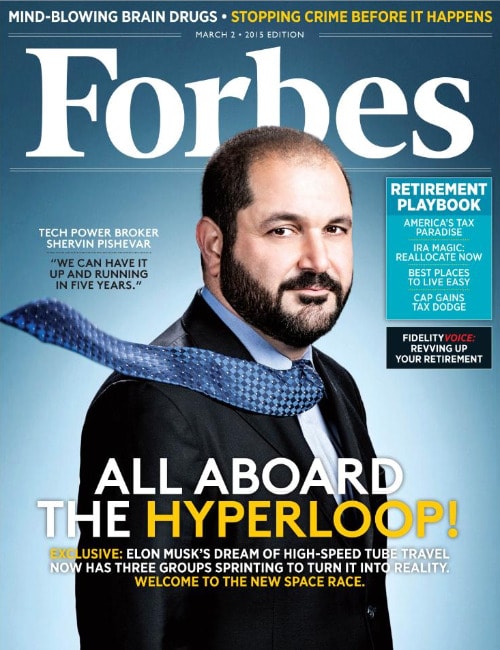 Do you work in advertising, marketing or PR? Ten, perhaps even five, years ago answering that question was a lot easier than it will be for many today. Personally I advise clients on content generation, media placement and media handling as well as more strategic approaches to an increasingly diverse set of challenges. I imagine it will be the same for many reading this today. How we all consume the media as well as what media we consume has changed drastically in a very short space of time. Good people and good companies in PR have done the same.
Do you work in advertising, marketing or PR? Ten, perhaps even five, years ago answering that question was a lot easier than it will be for many today. Personally I advise clients on content generation, media placement and media handling as well as more strategic approaches to an increasingly diverse set of challenges. I imagine it will be the same for many reading this today. How we all consume the media as well as what media we consume has changed drastically in a very short space of time. Good people and good companies in PR have done the same.
Journalism however seems to have lagged behind somewhat. Talk to many journalists today and they will moan about the good old days of long lunches after an 11:00am start – filing one story before heading to the pub again. Many more have taken the leap into what they call the ‘dark side’ of PR and communications recognising that much of the media we see today may not exist in another five or ten years.
To operate profitably media companies have had to recognise the old model of asking customers to pay for content that they may be able to find elsewhere wasn’t going to work. Companies have had to offer something more, adopt loyalty schemes recognisable from high street retailers, or embrace the modern world of content generation which has made PR firms hire ad men and vice versa. But still some resist.
A potentially significant shift in editorial position has been taken this week by legendary US business publication, Forbes, who have placed an advert on the cover of the magazine. This isn’t a wraparound or overt plastic cover but a subtle advert in the same typeface as the rest of the cover. In US ad-speak this is called ‘native advertising’ – where ads copy editorial content in the way an advertorial might in the UK. An ad of this kind is seen to be one of the last great taboos of journalism and prompted shrill reactions from some journalists who saw it as Forbes selling out.
Flick through any women’s glossy magazine (for example) and it is hard to distinguish between the advertorials and the celebrity interview, heavily laden with carefully placed copy promoting some product or another. To me this is as disingenuous as a clearly labelled ad of the kind Fidelity took out with Forbes. The ad itself is small and subtle and teases an infographic about retirement, which is the editorial theme of the issue.
It was reported that Fidelity would have paid in the region of $1million for the infographic and cover ad which, in my mind, is reason enough for Forbes to evolve their product to suit the modern media world. For recognising that while content is certainly king, revenue generation keeps journalists in jobs, I make Forbes magazine my Communicator of the Week.
PR Masterclass: The Agency Growth Forum
Our experts will each give you a 20-minute Masterclass on what we've identified as the 11 most important elements in running a modern, profitable and successful PR firm.
Taking place on Wednesday 26th November in London, both virtual and in person tickets are available.
Tickets on sale now!
PR MasterclassIf you enjoyed this article, sign up for free to our twice weekly editorial alert.
We have six email alerts in total - covering ESG, internal comms, PR jobs and events. Enter your email address below to find out more:










